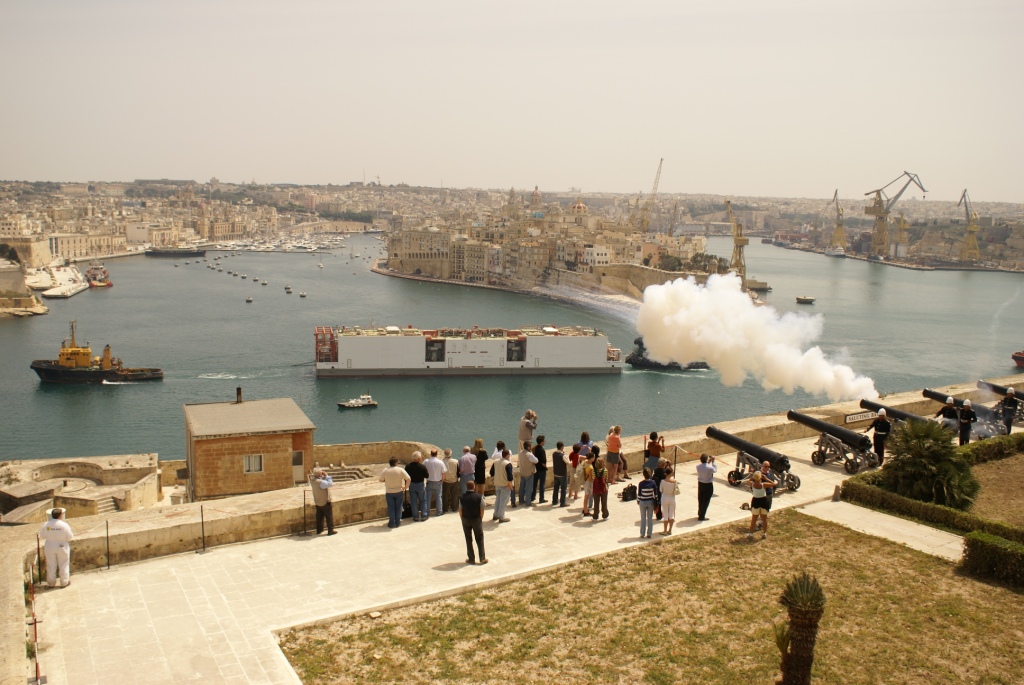Work description
Power Generation Barge 8 is part of the Kashagan Field Development Experimental Program in the North Caspian Sea, about 8 m water depth close to artificial island D.
The barge carries two main stick-built modules, each housing two 30 MW gas turbine generators and relevant auxiliaries. Each turbogenerator is composed of one RT62 Power Turbine and one RB211-DLE gas turbine both produced by Rolls Royce.
A third stick built module houses all switchgear and control rooms designed and supplied by ABB.
The barge was built in a dry dock in Malta, fully outfitted there with all power generation and distribution equipment and then towed through the Mediterranean Sea, Black Sea, Sea of Azov, Don river, Lenin canal, Volga river up to the Caspian Sea.
Once at site the barge was lifted using strand jacks installed at the top of four preinstalled piles and then finally connected to the same piles fitting and welding suitable shear plates to the barge sides, deck and bottom.
The design considered both the navigation phases, for which the applicable code was the Russian Register for unmanned towed barges and the as-installed final conditions where the API rules for fixed platform design were applied.
Tecon services
Design for towing conditions in the Mediterranean and Caspian sea of:
Barge hull.
Check for the same conditions of:
Two turbogenerators buildings;
One control room building.
Design for In-Service Conditions of:
Two turbogenerators buildings;
One control room building.
Check for the same conditions of:
Barge hull.
The barge lifting was made using suitable large diameter (1.2m) pipes that could be pushed out of the barge sides by jacks to be used as lifting bollards and then retrieved once the barge was connected to the piles using the same jacks. The barge sides and longitudinal bulkheads in way of the lifting points and the bollards themselves were checked by FEM using solid elements.
Considering that once at site the barge share the foundation piles with other similar units, a combined model of five side by side barges was set-up to correctly perform the dynamic and fatigue analysis of the barge and superstructures.
